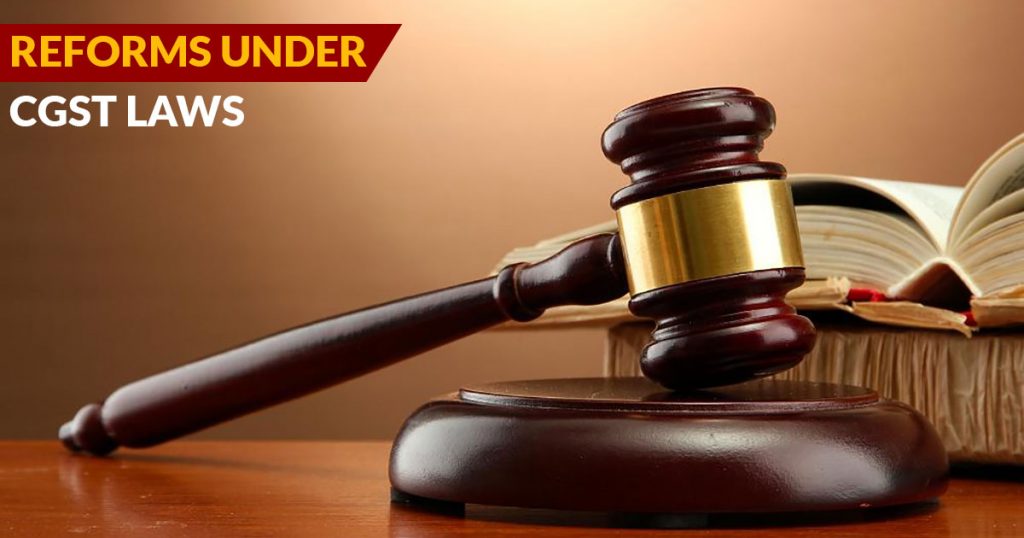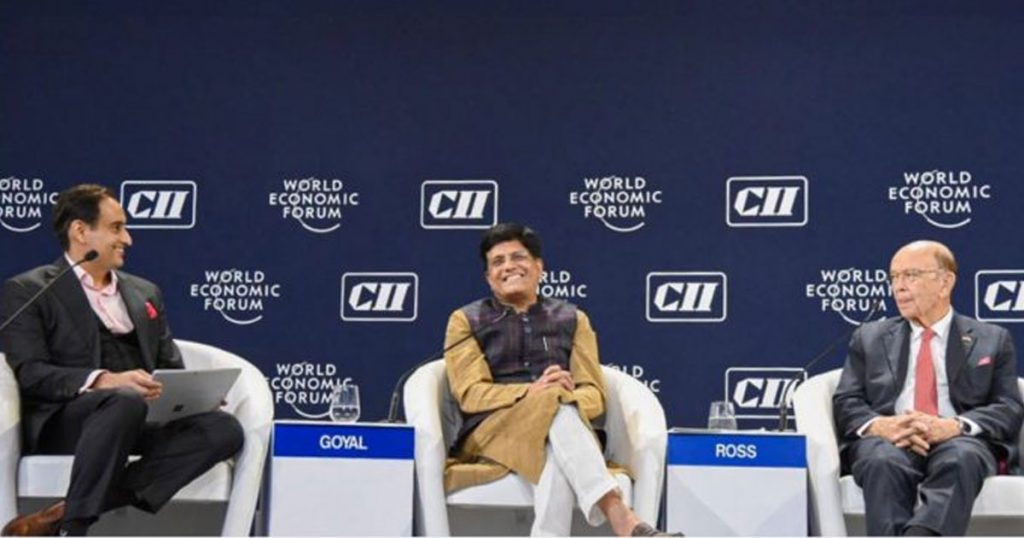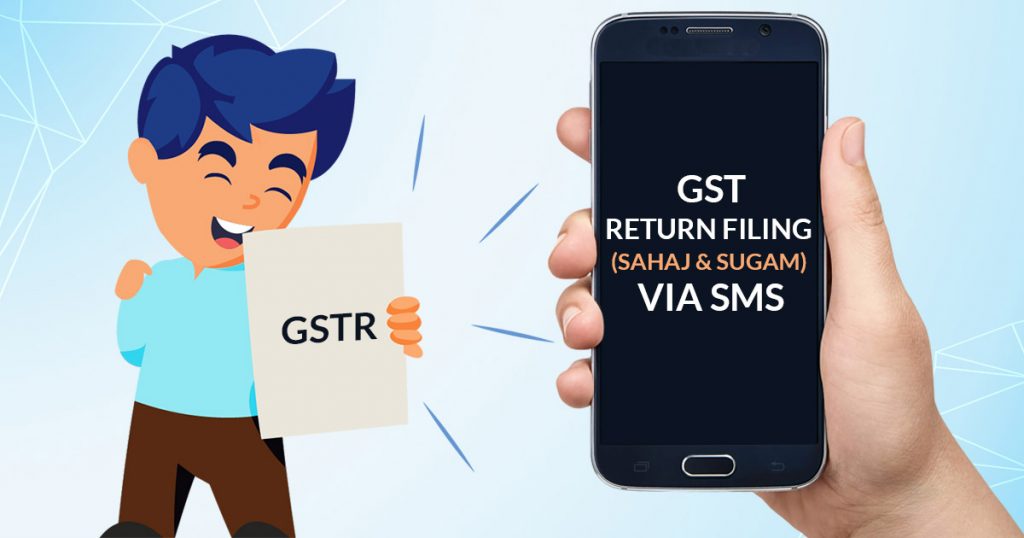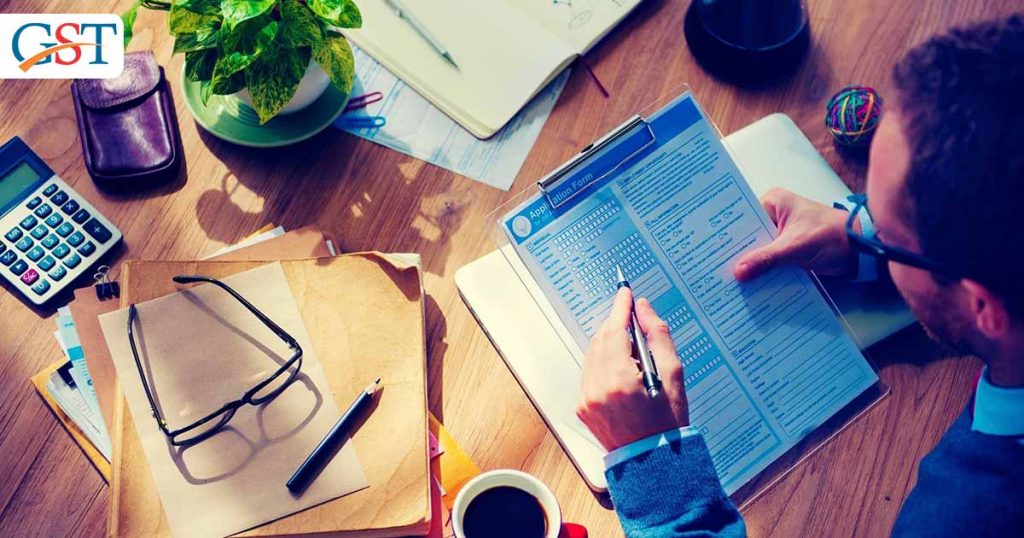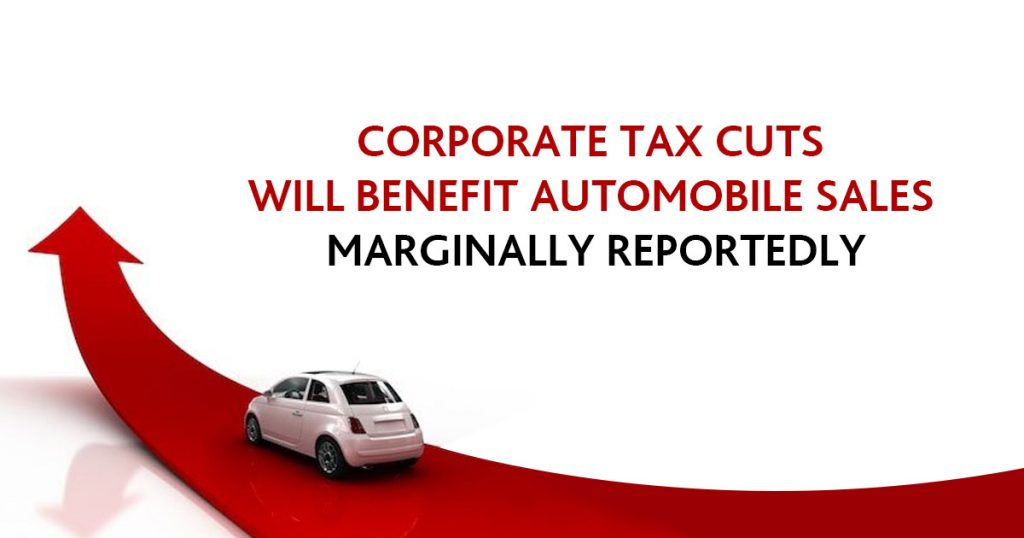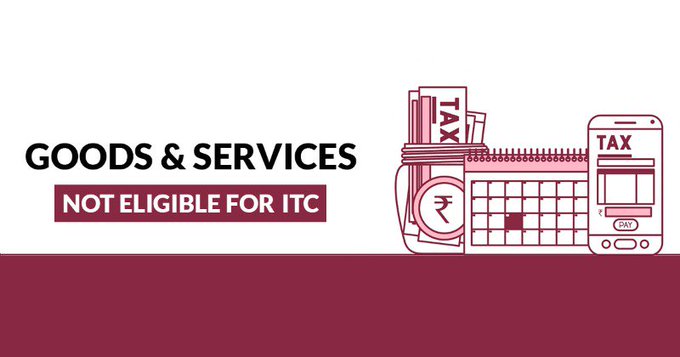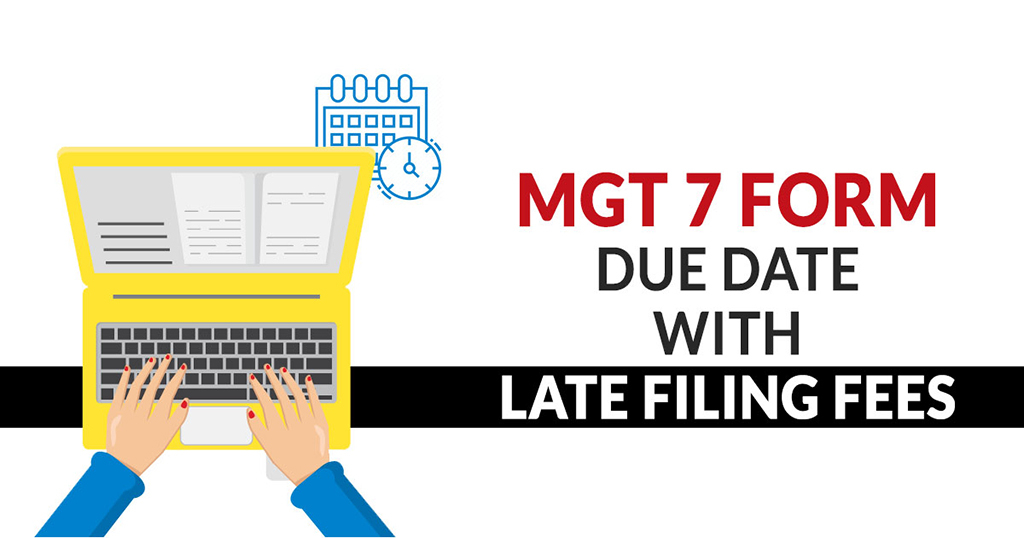
What is MCA MGT 7 Form?
MGT 7 is an electronic form that is allocated to all the companies by the Ministry of Corporate Affairs for filing details of their annual return. The Registrar of Companies uses to maintain this e-form via electronic mode and on the basis of the statement of correctness given by the company. It is a popular form among the companies which are required to file the form as per the norms and regulations of the ministry of corporate affairs.
Who Need to File the MGT 7 Form?
All the registered companies in India must file this e-form every year doesn’t matter if the company is private or public. The requirement of filing the Form MGT 7 by the company is for its annual return.
What if the Company does not File MCA Form MGT 7?
If any company does not file Form MGT 7 on time, it would attract a penalty of INR 100 per day as default. The levied penalty was remarkably increased in 2018. So, it should be a good approach to file an annual return in this form before the last date.
Download MGT 7 Form Format from MCA Portal
One can easily download the MGT 7 form from MCA portal under “Annual filing e-forms” category.
MGT 7 (MCA) Form Filing Fees
The fee for the filing of company annual return via MGT 7 is determined by the nominal share capital of a company. The MGT 7 form filing fee starts at Rs 200 for the company with Share Capital of less than 1,00,000. The fee amount increases with increase in the share capital of the company. You can find the complete list here. The company must pay this fee when filing the annual return MGT 7 with ROC. For the companies not having a share capital, the MGT 7 Filing Fee is Rs 200.
| Nominal Share Capital | Normal Fee Applicable in Rupees |
|---|---|
| Less than 1,00,000 | INR 200 |
| 1,00,000 to 4,99,999 | INR 300 |
| 5,00,000 to 24,99,999 | INR 400 |
| 25,00,000 to 99,99,999 | INR 500 |
| 1,00,00,000 or more | INR 600 |
MGT 7 Form Late Filing Fees (MCA)
In case of delay in the filing of MGT 7 annual company return, a company is required to pay an additional fee as penalty along with the normal fee. For a delay of up to 30 days, the MGT 7 late filing fee is twice the normal fee. Its gets increased depending on the period of delay.
| Period of delays | Fee applicable |
|---|---|
| Up to 30 days | 2 times of normal fees |
| More than 30 days and up to 60 days | 4 times of normal fees |
| More than 60 days and up to 90 days | 6 times of normal fees |
| More than 90 days and up to 180 days | 10 times of normal fees |
| More than 180 days | 12 times of normal fees |
What’s an Objective Behind Filing the e-Form MGT 7?
The Form MGT 7 is filed for annual return however it contains all the particulars as similar to appear in the closing of the financial year. These particulars hold details of :
Read Also: ADT-1 Form Due Date and E-Filing Documents for First Auditor
- The registered office, primary business activities, details of its holding, subsidiary and associate companies
- The shares, bonds and other securities and shareholding pattern of the company financial obligations of the company
- The members and debenture-keepers along with changes associated with them since the end of the last financial year
- The promoters, directors, key managerial personnel along with changes associated with them since the end of the last financial year;
- Meetings of members or a class thereof, Board and its various committees along with attendance details
- Payment of directors and principal managerial personnel;
- Details of penalty or punishment imposed on the company, its directors or officers and facts of the composition of offences and appeals made against such penalty or punishment
- The issues related to certification of compliances and disclosures as may be specified
- It’s a Shareholding format
Such different issues as needed in the form
Which are the Needed Attachments to File MGT 7 Form?
One can file this e-form by attaching the scanned copy of documents under the attachment head. This attachment section is provided at the end of the form which requires given below attachments including:
- List of investors, debenture holders
- Approval letter for augmentation of AGM
- MGT-8 copy
- Optional Attachment(s), if any
What is the Last Date for Filing MGT 7 MCA Form?
- The company required to file the form MGT 7 within 60 days from the Annual General Meeting date.
- The last date for conducting annual general meeting is on or before the 30th day of September after closing of every financial year.
- Hence, the last date for filing of form MGT 7 is usually 28th of November every year.
Mentioned in the provisions of Section 92(1) of Companies Act 2013, every business operating in India (including One Person Company and small company) is obliged to prepare the annual report of the company’s business and present it to the authorities in Form MGT 7. MGT 7 is required by every business on the closing of every Financial Year i.e., 31 March.
The contents of annual return form MGT 7 include details of the company’s registered office, principal business activities, information about the company’s holdings and subsidiary firms, shareholding patterns, company’s members, debenture holders, indebtedness, etc.
Mentioned in Rule 11 of the Companies (Management and Administration) Rules, 2014, the annual return of the company in Form MGT 7 authorised by the company’s director is required to be submitted to ROC (Registrar of Companies) within the prescribed time period.
Mentioned Below Some FAQs Related to MGT 7 E-forms:
Q.1 – About the MGT 7 e-form?
The Company’s Annual Return form or MGT 7 form is required to be filed by every company. The form comprises of the company’s financial and non-financial details which are needed by the authorities.
Q.2 – Who needs to file an MGT e-form?
Every registered firm operating in Indian premises including One Person Company and small company are required to file Form MGT 7.
Q.3 – When does the form need to be filed?
Depending upon the situations of various companies there are different due dates of filing Form MGT 7:
Case 1 – In the case of One Person Company, e-form MGT 7 needs to be submitted to legal authorities within 60 days starting from the expiry of 6 months from the closing date of FY. For Example, if FY ends on 31 March 2019, then 6 months from the end of FY will complete on 30 September 2019. So the prescribed due date of filing MGT 7 is 28 November 2019 (i.e. 60 days from 30 Sept 2019).
Case 2 – In the case of company’s except OPC, MGT 7 needs to be filed within 60 days starting from the date of concluding the Annual General Meeting (AGM). If in case the company fails to conduct the AGM then also it needs to furnish MGT 7 Form along with the valid reason for not conducting the AGM.
Q.4 – How much fee is to be deposited along with Form MGT 7?
Mentioned below is the table presenting the amount which is to be paid to legal authorities along with form MGT 7:
| Nominal Share Capital | Normal Fee Applicable in Rupees |
|---|---|
| Less than 1,00,000 | INR 200 |
| 1,00,000 to 4,99,999 | INR 300 |
| 5,00,000 to 24,99,999 | INR 400 |
| 25,00,000 to 99,99,999 | INR 500 |
| 1,00,00,000 or more | INR 600 |
To be noted: For the companies not falling under any of the above-mentioned criteria, the fees along with MGT form is Rs. 20.
Q.5 – What is the penalty for the late filing of MGT 7?
As declared by Companies (Registration Offices and Fees) Second Amendment Rules 2018, the late filing of form MGT 7 will invite penalty of Rs. 100 per day of delay counted from the expiry of the due date of filing MGT 7.
Q.6 – What is the aftermath of not filing MGT 7 within the prescribed time period?
If the company is found guilty of not filing MGT 7 within the designated time limit then the company along with its key officials will be liable for paying Rs. 50,000 as a penalty. However, if the delay continues then the penalty of Rs. 100 per day will be payable until the amount reaches the maximum of Rs. 5,00,000.
Q.7 – What documents are required along with form MGT 7?
List of documents needed adjacent to form MGT 7:
- A list containing details of shareholders & Debenture holders – Applicable in the case when the company is having share capital and where the complete list of shareholders and debenture holders has been enclosed as an attachment.
- Approval letter for extension of AGM, if applicable.
- MGT-8 (if applicable)
Optional: MGT-8 is a certificate given by Company Secretary in practice where the company is listed or its paid-up share capital is INR 10 Crores or more or Turnover is INR 50 crores or more.
Q.8 – Whose signatures are required to authenticate MGT 7?
When OPC is concerned – the signature by the company secretary on Form MGT 7 is required and if there is no company secretary for the firm then the signature is required by the director of the company.
When companies other than OPC are concerned – Form MGT 7 needs signatures from the director and the company secretary of the firm, if there is no all-time company secretary then signature is required by the company secretary in practice.
To be noted: If any company found alleged of filing Annual Return which is contradicting the provisions of the ‘Companies Act’ then the company has to pay the fine of min Rs. 50,000 but not exceeding Rs. 5,00,000.
Q.9 – Link to download form MGT 7?
E-form MGT 7 is available to download from MCA’s official website.
Concussion
For all your filing related compliance for the MGT 07 for MCA, the SAG Infotech is readily available to cater you with the best of ROC/MCA filing software i.e. Gen CompLaw which is used by thousands of tax professionals across India. The Gen CompLaw is capable of minutes register and all the relevant ROC filing as per the due date and regulations

